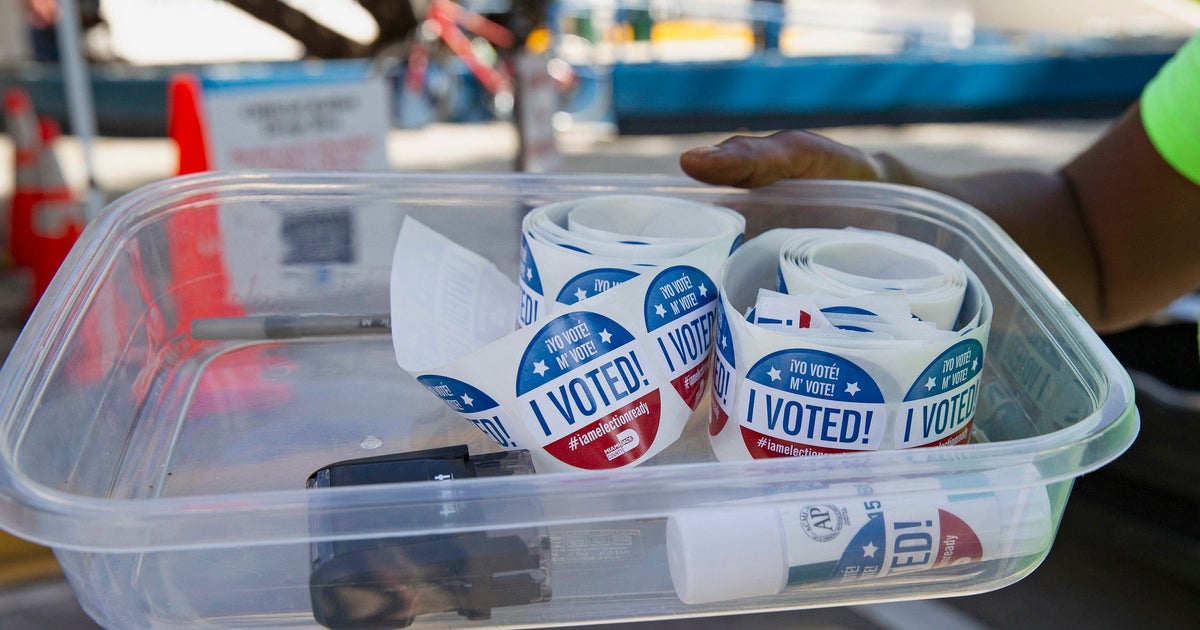Fla. Officials Going On A Giant African Snail Hunt
MIAMI (CBS4) – Florida agriculture officials are in Miami Friday to check out the invasion of the Giant African Land snails.
Florida Department of Agriculture and Consumer Services Secretary Adam Putnam is joining other state and federal officials on a tour of the infested areas to determine how serious the problem is and identifying methods for stopping the spread.
"It feeds on 500 plants, it feeds on stucco and concrete," explains Florida Agriculture Commissioner Adam Putnam. "It carries meningitis and it would destroy the environment, it's one bad dude."
The snails were initially discovered on September 8. Since then, the Florida Department of Agriculture and the U.S. Department of Agriculture have been working together to figure out just how big the infestation has become.
Putnam will meet with the residents who first reported the snails to thank them.
"There were hundreds and hundreds of snails and they were very big, they got very slimy," laughs Suzanne Howland. She found them in her yard near SW 37 Avenue and 28th Street in Southwest Miami Dade. Little did she know just how bad these things are – or that they spread dangerous disease.
So far, thousands of snails have been collected and the number of properties that have been confirmed to have the snails has risen to 85 across five different areas.
Giant African land snails are considered to be one of the most damaging snails in the world. They were initially found in the Coral Gables area of Miami-Dade County.
The snail eats at least 500 types of plants and can cause structural damage to plaster and stucco on houses. It also can carry a parasite that can lead to meningitis. The snails transmit diseases to humans through consumption of raw or improperly cooked meat or by contact with human mucous membranes such as eyes, nose and mouth.
"This is Florida's native snail," explained Agriculture Department investigator Christine Zamora, as she held a snail, while wearing protective gloves. "The coloration goes around the snail in a circle, where the giant African land snail, the coloration goes lengthwise of the snail."
The last reported outbreak and eradication of the Giant African land snail in Florida occurred in 1966 when a boy smuggled three Giant African land snails into Miami as pets. The boy's grandmother released the snails into her garden.
Seven years later, more than 18,000 snails were found. It cost more than $1 million and took 10 years to successfully eradicate this pest from Florida. This is the only known successful giant African land snail eradication program.
It's not known how the latest outbreak started, but it's illegal to being the snails into the US without a permit. Each snail can live as long as 9 years, and produce as many as 12 hundred eggs a year. They can grow to be 8 inches long and 4 inches around, much larger than your average snail.
The state is collecting snails when they are found, and is working through a program to use a bait called "Sluggo" to kill the snails. The bait is said to be harmless to people and pets, but lights out for slugs.
Anyone who believes they may have seen a Giant African land snail or signs of its presence should call the Department of Agriculture and Consumer Services toll-free at 888-397-1517 to make arrangements to have the snail collected.



